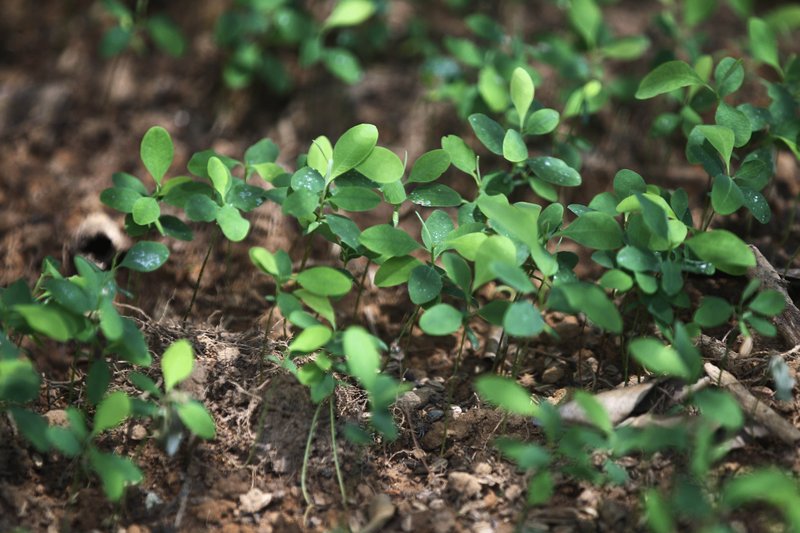BOGOTA, Colombia -- Cultivation of the leaf used to make cocaine skyrocketed last year in Colombia, according to a new study by the United Nations.
The U.N.'s annual survey, based in part on satellite imagery, found that coca production jumped 44 percent to about 266 square miles, or about 12 times the size of Manhattan. Potential cocaine production was up even more, by 53 percent to 487 tons.
The increase is the biggest in almost a decade and takes coca production back to levels not seen since 2009. The findings come on the heels of a separate U.S. government survey showing production shot up 39 percent in 2014.
"The determining factor is that more is being paid for coca," Bo Mathiasen, the U.N.'s Office on Drugs and Crime in Colombia, said Thursday while presenting the report.
Combined, the two reports could put more pressure on President Juan Manuel Santos to come up with a strategy to curb cocaine production after he decided in May to halt aerial spraying of coca crops that had been the cornerstone of the U.S.-led drug war in Colombia.
Santos' move, which was questioned by the U.S., happened in the wake of a report by a research arm of the World Health Organization classifying the herbicide used to destroy coca as a probable carcinogen.
Production last year rose most in the southern departments of Caqueta and Putumayo, the beachhead for Plan Colombia, launched by the U.S. more than a decade ago and where the bulk of production is concentrated.
The U.N. report partly attributes the increase to political factors as farmers seek to gain leverage with the government, perhaps anticipating an eventual peace deal with the Revolutionary Armed Forces of Colombia.
As part of the nearly 3-year-old peace talks taking place in Cuba, the rebel group has already agreed to work with the government to encourage farmers to voluntarily eradicate coca in areas where the rebels are dominant, although details of how the crop substitution and alternative development will work remain unclear.
While the 137,227 acres sprayed last year with glyphosate by American defense contractors was up slightly from 2013, aerial eradication efforts are at athird of the level seen in 2006, when they were at their peak. Manual eradication fell 44 percent over the same period, to 30,878 acres.
A Section on 07/03/2015
